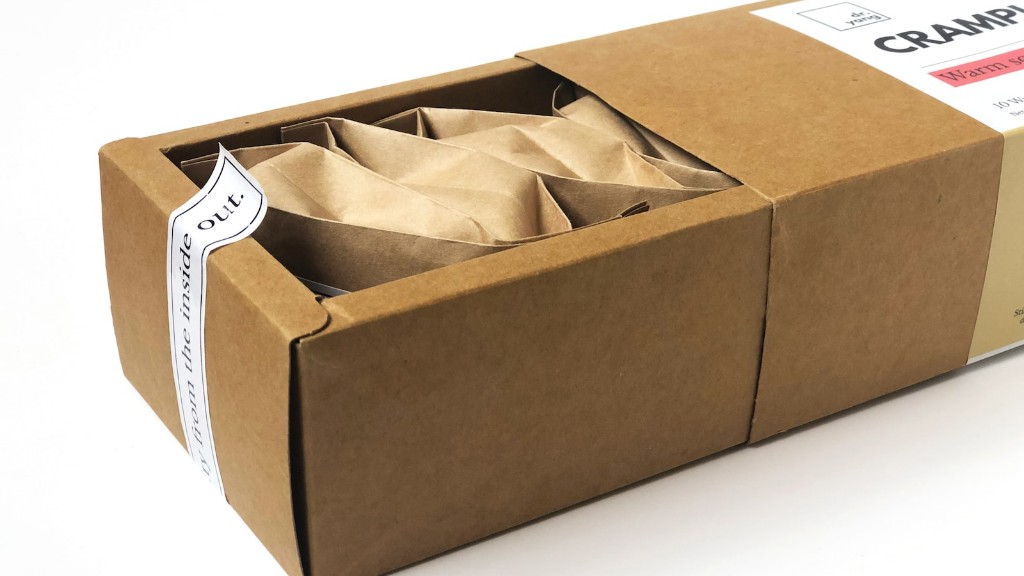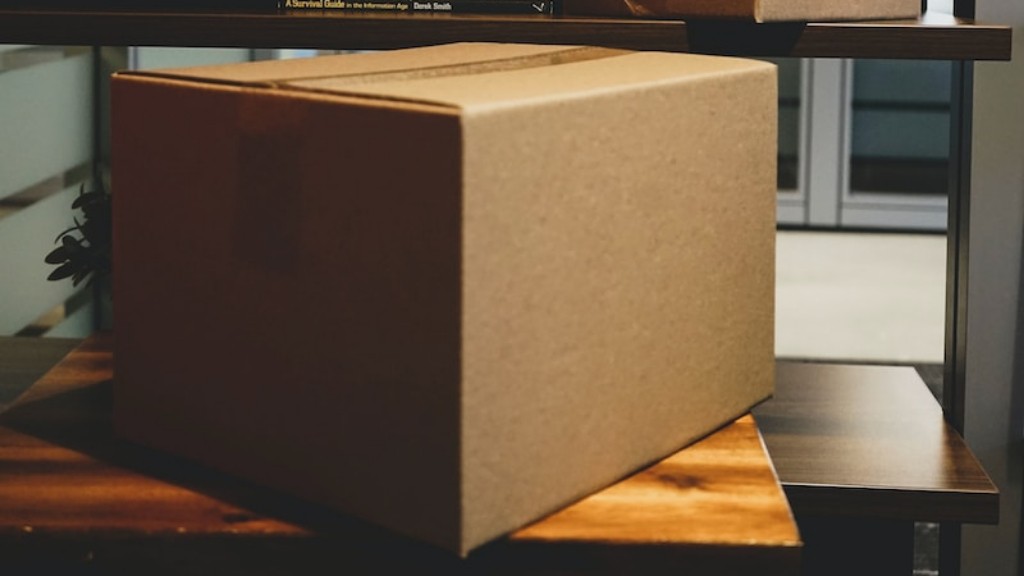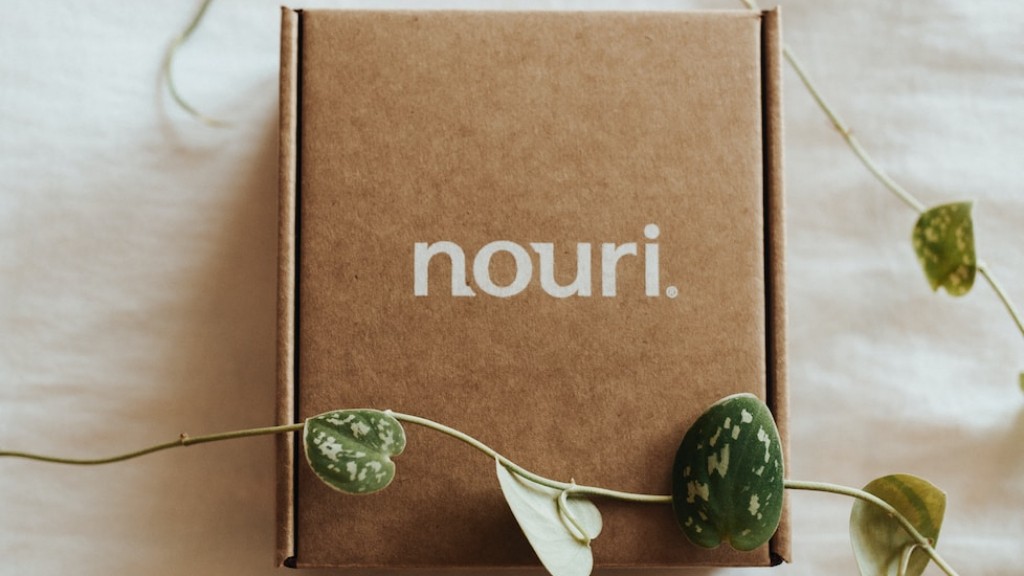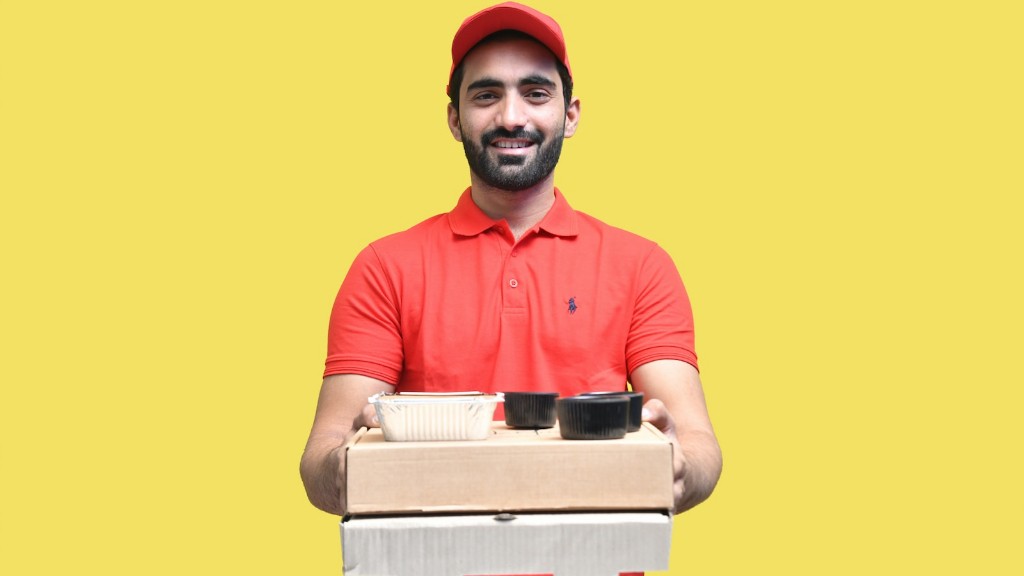In our everyday lives, we often use the terms “box” and “carton” interchangeably. However, did you know that there are actually distinct differences between the two? Understanding these disparities is crucial, especially when it comes to packaging, transportation, and storage. In this article, we will explore the discrepancies, background information, and perspectives from experts.
A box is a generic term used to describe a container made of various materials, such as cardboard, wood, or plastic. It possesses a cuboid shape with six sides and may or may not have a separate lid. Boxes come in different sizes, from small ones used for packaging individual items to larger ones used for moving or shipping goods. These versatile containers have been in use for centuries, and their durability and practicality are key reasons for their continued popularity.
On the other hand, a carton refers specifically to a type of box made from paperboard or corrugated cardboard. It is typically used for retail packaging, particularly for food and beverages. Cartons are lightweight, cost-effective, and often contain printed product information or branding. Their design allows for easy folding, making them suitable for mass production and assembly. Additionally, cartons are recyclable, making them an environmentally friendly choice.
Experts in the packaging industry shed light on the differences between boxes and cartons. John Smith, a packaging engineer, highlights that cartons are specifically designed for marketing and retail purposes. Smith states, “Cartons are visually appealing and help attract customers with their vibrant colors and branding elements. They are strategically crafted to provide information about the product, foster brand recognition, and persuade potential buyers.”
In contrast, boxes are more commonly used for storage, transportation, and moving purposes. David Johnson, a logistics specialist, explains, “Boxes are typically sturdier and more durable than cartons. They are designed to protect goods during shipping and handling. Boxes are stackable and can withstand heavier weights, making them suitable for long-distance transportation.”
From a practical perspective, cartons and boxes serve different purposes in various industries. For instance, in the e-commerce sector, boxes are the go-to choice due to their strength and ability to protect fragile items. On the other hand, cartons find extensive use in the retail industry due to their attractive appearance and ability to convey product information effectively.
Moreover, the size and shape of boxes and cartons also contribute to their different applications. Boxes with separate lids are ideal for storing items that need to be accessed frequently, such as office supplies. On the contrary, cartons with integrated lids are more suitable for one-time use and disposable packaging.
To sum up, the difference between a box and a carton lies in their materials, purpose, and design. While boxes are versatile containers made from various materials, cartons specifically refer to paperboard or corrugated cardboard boxes used for retail packaging. Understanding these disparities can aid in making informed decisions regarding packaging, transportation, and storage, ultimately leading to more efficient and effective business practices.
Box vs. Crate: Which is Better for Shipping?
When it comes to shipping goods, boxes and crates are two popular options. While similar in function, they have distinct differences that make one more suitable than the other depending on various factors.
The Benefits of Using Boxes for Packaging
Boxes have long been favored for packaging due to their versatility and protective properties. Let’s explore some of the key benefits of using boxes for your packaging needs.
The Advantages of Cartons in the Food Industry
In the food industry, cartons play a vital role in ensuring product safety, maintaining freshness, and attracting consumers. Let’s delve into the advantages of cartons in this industry.
The Environmental Impact: Boxes vs. Cartons
As environmental concerns continue to rise, the choice between boxes and cartons can significantly impact sustainability efforts. This section explores the environmental impact of each option.



